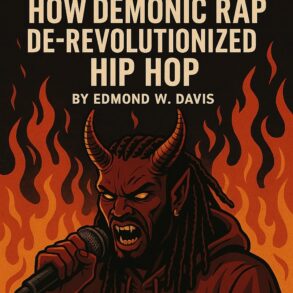
Released in 2018, Childish Gambino’s “This Is America” quickly became a cultural phenomenon, sparking intense conversations about race, gun violence, and systemic inequality in the United States. The song, accompanied by a provocative music video, delivered a stark, artistic commentary on the complexities of American society, blending infectious beats with grim realities.
The song’s chorus, “This is America, don’t catch you slippin’ up,” served as both a warning and a reflection of the harshness faced by Black Americans. Gambino, the alter ego of actor and rapper Donald Glover, used the track to juxtapose upbeat, catchy music with unsettling visuals, depicting chaos, violence, and the emotional toll of living in a nation rife with injustice. The video’s imagery, including scenes of mass shootings, police brutality, and cultural appropriation, underscored the disparities between the country’s image of freedom and the realities faced by marginalized communities.
“This Is America” dissected how violence, entertainment, and consumerism intersect in a world where systemic racism often goes unchecked. It reflected the struggles of Black Americans to survive and thrive in an environment where both visible and invisible forces frequently threaten their lives.
Advertisement
As we reflect on Black History Month, “This Is America” is a powerful artistic critique of the country’s complicated history of race and inequality. Its haunting portrayal of contemporary issues continues to resonate, challenging us to confront uncomfortable truths and work toward a more just society. The song remains a pivotal moment in music, emphasizing the need for awareness and action in the fight for equality.
This post was originally published on this site be sure to check out more of their content.







